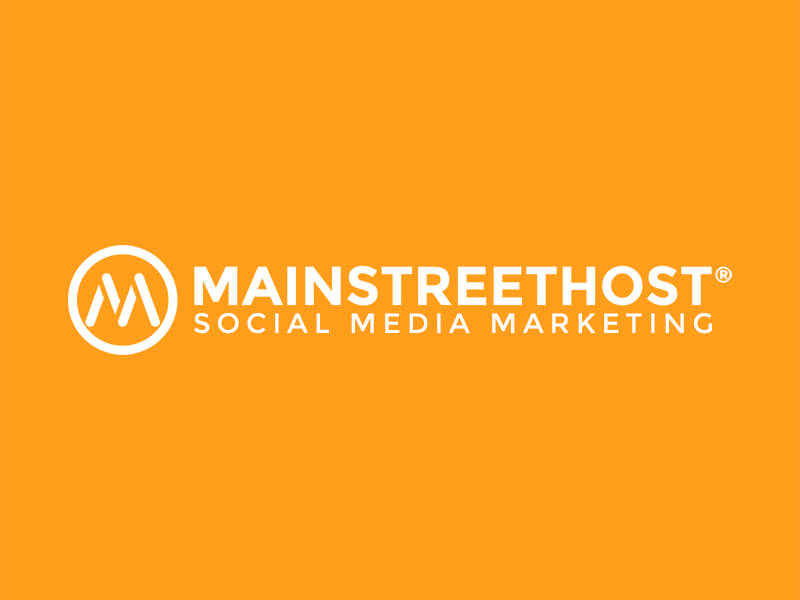Considering Times Square holds the title as the most visited location in the world (yep, more than Disney World, more than the Vatican), it’s no wonder that it’s become such an advertising mecca for brands. Large companies from all over the world have used Times Square as a promotional hub, with bright lights and mega-screens attracting tourists and buoying the visual vibrancy of the city that never sleeps.
These ads aren’t your run-of-the-mill paint and plaster numbers, either. These are full-blown multimedia advertising spectacles, with dazzling digital displays and hi-tech interactive capabilities.
But New York City is huge – with five boroughs and five trillion neighborhoods (roughly) – so why did this one particular five block stretch become such an iconic advertising landmark? Let’s take a look at some of those reasons and also at some of the most memorable ways advertisers have been able to take advantage of its buzzing, blaring, brand-building allure.
Historical Importance of Times Square
When the Dutch first settled in Manhattan, the area that would later become Times Square was attractive because of its easy access to the Hudson River and would become a carriage-building hub named Longacre Square – named after the London location that served the same purpose. Throughout the 18th and 19th centuries it was prized real estate, but was mostly devoted to privately owned hotels and apartment buildings that offered little for tourists.
In 1904, when The New York Times publisher Adolph Ochs moved his paper’s operations to Longacre Square, the spot was renamed in honor of the well-regarded publication. Times Square was born, and not long after it started to become more of a cultural hub. It was the setting for such cultural touchstone moments as the famous “Kiss” photograph at the conclusion of World War II. Although the area gradually descended into crime and destitution in the 1960s and 1970s, it rebounded (and rebranded) in a big way throughout the late 1980s and is still enjoying that iconic, ad-based landmark status to this very day.
Technology in Times Square
Times Square’s advertising ventures have always been on the cutting edge of technology. One of the most recent additions to its cavernous display has served as a kind of apogee to that trend: the biggest and most expensive billboard display in the area was built late last year. According to The New York Times, the board was built by Vornado Realty Trust to hang on the Marriott Marquis hotel and spans “almost a football field.” Containing approximately 24 million tiny pixels, the screen has better resolution than today’s highest-end televisions. For brands to occupy this monolithic expanse, the going rate is about $2.5 million per month, making it one of the most expensive outdoor ad spaces in the world (Google was the unsurprising choice as first client, although it is speculated that they worked out a more favorable long-term deal).
Digital technology has reinvigorated the centuries-old medium of billboard advertising beyond sheer size, though. Having such stunning screens is one thing – but the ability to connect with them from smaller digital devices throughout Times Square is really what gets marketers excited (especially when those devices are in the pockets of 360,000 potential customers passing through the area every day). So interactivity has become a major factor in Times Square advertising, as evidenced by the creative efforts that have helped brands get those massive audiences engaged.
Coke, for instance, created a memorable campaign in which pedestrians could text or tweet their name to have a fact about that name get displayed on a giant billboard above the Times Square McDonald’s location. As in the image below, it was a great way to get people to interact with their brand during times when they were otherwise just passing through, probably not even thinking about their product. Also, having humorous trivia about your name broadcasted for all of Times Square is a memorable experience – one that will likely live on in the memories and social media feeds of the people who participated.
@campsu01 here’s your name in lights! Enjoy 🙂 #CokeMyName pic.twitter.com/mYFa0kE80h
— Coca-Cola (@CocaCola) July 8, 2015
Interactivity can mean more than just interactions between users and public spaces – it can also mean communication between different spaces themselves. We recently talked about Serena Williams’ savvy self-branding acumen and how it has helped her forge a successful beyond-the-court persona. Her brand is big – it’s led to big appearances, big associations, and physically big advertisements. Her appearance in a Times Square advertisement for HP is no exception:
In the 2007 ad, which passed from one mega-screen to the next with seamless transitional momentum, an animated version of Serena battled a high-flying robot with her tennis racket. Her character’s name in the spot was “Sugar Fly,” a parody of the 1970’s Blaxploitation of the same name. As the scuffle moved from screen to screen, different digital billboards lit up throughout the square. When the fight came to an end, still without a clear victor, a text box appears on the final billboard advising viewers to go to www.hp.com/serena to see the final result.
The advertising opportunities afforded by Times Square aren’t limited to the billboard spaces, though. The foot traffic is so immense that all facets of the real estate – and at all height levels – can yield results for brands. And like I mentioned with the mammoth, city-block-long billboard example, Google has found some of the most creative ways to take advantage of those opportunities. This year was no different. During October, Google sponsored a pumpkin patch takeover at the iconic location to promote its new Google Photos software. The event featured professional carvers and a Google Photos -powered photo booth that displayed users’ photos on a large digital billboard screen hanging above the patch. This is the kind of interactivity that Times Square’s dynamic infrastructure facilitates. People enjoy using technology to interact with their surroundings because it creates a memorable experience, and, in this case, one that ends with a playful memento like a professionally carved pumpkin.
Another opportunity that made use of the sheer size of Times Square’s ad platforms was Miller Lite’s yarn-bombing last winter. The beer-maker partnered with street artist London Kaye to build the world’s largest ugly Christmas sweater. The festive garment – crocheted out of actual yarn – draped over a giant billboard above the Roast Coffee shop in Times Square. Viewers feeling inspired by the yarn-bombing could buy real Miller Lite ugly Christmas sweaters, as well.
A Monument to American Capitalism
Tim Tompkins’s role as president of the Times Square Alliance makes his opinion a bit biased, but his thoughts on the ad scene there are illuminating (no pun intended):
People go to the Grand Canyon to see the most visually stunning natural canyon in the world. They come to Times Square to see the most digitally striking canyon in the world.
Thinking of the spot as a “digital canyon” is a perfect way to frame its importance in an American historical context. If the Grand Canyon represents the diverse, awe-inspiring landscape that America was built upon, the Times Square “canyon” represents what we’ve done with that canvas, for better or worse.
ROI for the this grand digital canyon is impossible to calculate – but that doesn’t mean it’s not significant. With any advertising campaign, impressions and engagement are two of the most important metrics to analyze. Considering the massive audiences in Times Square – along with the technology to facilitate creative interactivity – brands know they are achieving major returns for both of those metrics.
Times Square holds a special place in our national self-consciousness. We know that when people all over the world think about the “bright lights, big city” ideal of visiting the United States, Times Square is what they’re thinking of. Big, iconic cities need big, iconic landmarks; not only does Times Square serve that role for New York City, but it allows brands to get in on that action – if they can afford the cover charge.





Great read. Interesting stuff.
Thanks for reading!